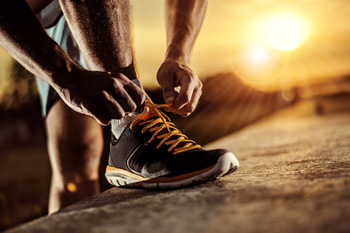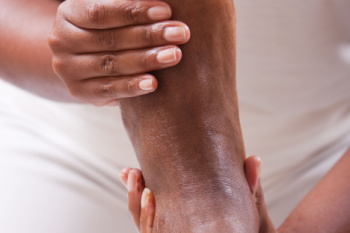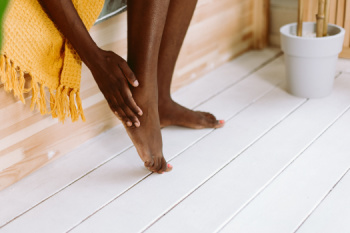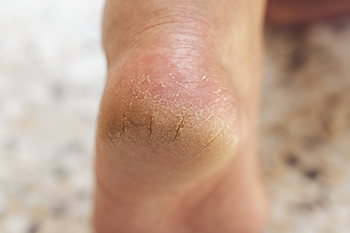 When it comes to running, the right pair of shoes can make all the difference in your performance and overall foot health. With a large number of options available, it's essential to consider several factors before making your selection. Prioritize finding a shoe that fits well, offering a snug yet comfortable feel with ample toe room to accommodate potential swelling. Understanding your foot's arch type is essential for selecting appropriate arch support to maintain proper alignment and prevent injuries. Consider the level of cushioning that suits your running style and preferences, whether you prefer a softer or firmer feel. For runners who have overpronation or supination problems, stability features like medial support or a wider base can help correct gait issues and reduce the risk of injury. Opt for shoes with flexibility and breathability to allow for natural foot movement and keep your feet cool and dry during long runs. Since every runner is unique, consulting a chiropodist for personalized advice is suggested to ensure you choose the most suitable footwear to support your running plans.
When it comes to running, the right pair of shoes can make all the difference in your performance and overall foot health. With a large number of options available, it's essential to consider several factors before making your selection. Prioritize finding a shoe that fits well, offering a snug yet comfortable feel with ample toe room to accommodate potential swelling. Understanding your foot's arch type is essential for selecting appropriate arch support to maintain proper alignment and prevent injuries. Consider the level of cushioning that suits your running style and preferences, whether you prefer a softer or firmer feel. For runners who have overpronation or supination problems, stability features like medial support or a wider base can help correct gait issues and reduce the risk of injury. Opt for shoes with flexibility and breathability to allow for natural foot movement and keep your feet cool and dry during long runs. Since every runner is unique, consulting a chiropodist for personalized advice is suggested to ensure you choose the most suitable footwear to support your running plans.
The right running shoes can sometimes be difficult to find. With so many options on the market, it’s important to know the unique needs of your feet prior to buying running shoes. If you require assistance, please consult with one of the chiropodists from The Footcare Centre. Our chiropodists can help you maintain the health of your lower limbs and your mobility.
When looking for running shoes, take into consideration:
The type of running you will be doing
The terrain you plan to run on
Your gait or running pattern
Your arch type
Other unique foot needs
A chiropodist can help by examining your feet and your gait to determine what types of shoes may be best for you. Some runners may require motion control shoes, which prevent your foot from rolling too far inward while you run. Others may need stability shoes, which offer more balance, cushioning, and support. When shopping for shoes, make sure that they are the right size, fit comfortably, and are made of breathable materials.
If you have any questions, please feel free to contact our office located in . We offer the newest diagnostic and treatment technologies for all your foot care needs.


 Heel pain
Heel pain

